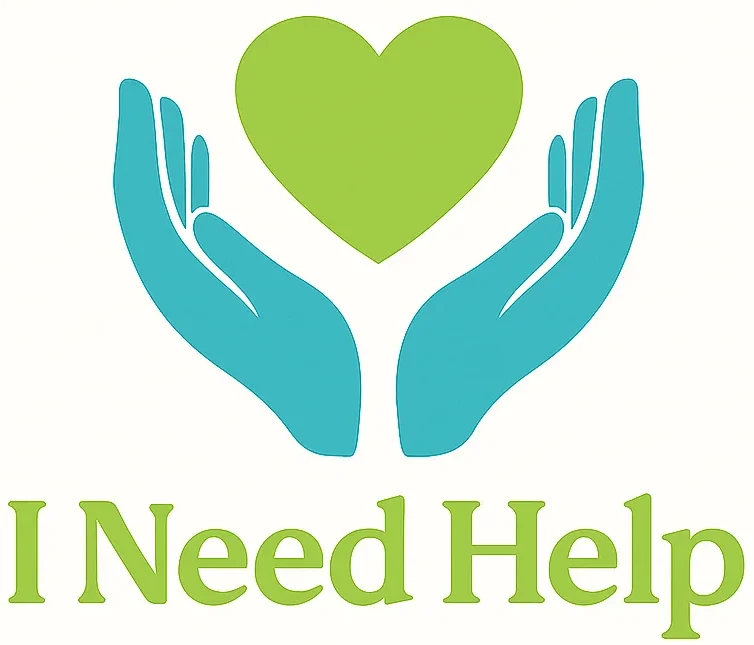Self-Harm & Suicidal Thoughts

Self-Harm & Suicidal Thoughts
Understanding Self-Harm
Self-harm refers to any act of deliberately hurting oneself as a way of coping with emotional distress. It is not necessarily a suicide attempt, but it can be a warning sign that someone is struggling deeply and needs help.
Common forms of self-harm include:
– Cutting or scratching the skin
– Burning
– Hitting oneself
– Head-banging
– Overdosing on medication
– Substance misuse
– Engaging in dangerous behaviours (e.g., reckless driving)
Self-harm is often used to:
– Express emotional pain
– Regain a sense of control
– Punish oneself
– Feel something when emotionally numb
– Temporarily relieve anxiety or anger
While it may bring short-term relief, self-harm usually leads to feelings of shame, secrecy, and worsening mental health over time.
Suicidal Thoughts and Ideation
Suicidal thoughts range from passive (wishing to disappear or not wake up) to active (planning to take one’s life). These thoughts are often a response to feeling trapped, overwhelmed, or hopeless.
Key warning signs:
– Talking about death, dying, or suicide
– Withdrawing from friends and family
– Giving away possessions
– Saying goodbye or writing a will
– Sudden calmness after a period of depression
– Risky or self-destructive behaviour
In South Africa, suicide is the third leading cause of death among young people aged 15–29. Contributing factors include:
– Poverty and unemployment
– Domestic violence and abuse
– Substance use
– Bullying and social isolation
– Depression, trauma, and untreated mental illness
– Lack of access to mental health care
Why People Don’t Seek Help
1. Stigma and Shame
– Fear of being judged or misunderstood
– Belief that asking for help is weak
2. Cultural Beliefs
– Suicide is taboo in many cultures
– Some believe it brings shame to the family
3. Lack of Services
– Few mental health professionals in rural areas
– Long waits or no clinics in townships
4. Hopelessness
– Feeling that no one can help, or nothing will change
What Actually Helps
1. Talking to Someone
– Sharing the truth with a trusted person reduces isolation and shame.
– Choose someone who listens without judging — friend, teacher, mentor, or faith leader.
2. Professional Help
– Therapists and psychologists can teach coping strategies and address root causes.
– In South Africa, SADAG offers a 24/7 suicide crisis helpline (0800 567 567).
3. Safety Plans
– Creating a step-by-step action plan for when suicidal thoughts arise.
– Includes:
– Warning signs
– Coping strategies
– Contact people
– Removing harmful items
4. Crisis Support
– Emergency room at nearest hospital
– Community clinic
– Suicide prevention NGOs
5. Medication
– Antidepressants or mood stabilisers may help if mental illness is a factor.
– Must be prescribed and monitored by a doctor.
6. Replacing Self-Harm with Safer Alternatives
– Holding ice cubes
– Drawing on the skin with markers instead of cutting
– Tearing paper, squeezing stress balls, journaling
– Hitting pillows, not people
7. Grounding Techniques
– Deep breathing
– Name 5 things you see, 4 you hear, 3 you touch, etc.
– Stretching or walking barefoot outside
8. Connection and Belonging
– Joining support groups
– Attending workshops or creative classes
– Volunteering or helping others
9. Understanding Triggers
– Identify what emotions or situations lead to self-harm or suicidal thoughts
– Build strategies to face them gently and safely
10. Hope and Future Planning
– Make small goals — even just for today.
– Remind yourself that pain is temporary. It will pass.
Special Note for Teens and Young Adults
Many young people harm themselves because they haven’t learned healthy ways to express emotions. Schools should teach emotional literacy, resilience, and safe coping strategies. Bullying — both in-person and online — is a huge contributor. Teachers and parents must take these threats seriously.
In black and coloured communities, where emotional struggles may be seen as “attention-seeking,” education is essential to change perceptions and offer real support.
Supporting Someone Who is Struggling
Do:
– Listen without judgment
– Offer your presence, not just advice
– Encourage them to get professional help
– Help remove means of harm if appropriate
– Follow up — check in often
Don’t:
– Shame them
– Try to force a confession
– Dismiss their pain with clichés (“Just be positive!”)
– Promise secrecy if someone is in danger
Important Emergency Contacts (South Africa)
– SADAG Suicide Crisis Line: 0800 567 567
– Lifeline South Africa: 0861 322 322
– Akeso Psychiatric Response Unit: 0861 435 787
Conclusion
You matter. You are not your pain. Self-harm and suicidal thoughts are signals — not shameful secrets. They mean you need and deserve help. Recovery is possible. There is no weakness in needing support. In fact, reaching out is one of the bravest things you can do.
Real-Life Stories
Lebo, 17 – Polokwane
“I used to cut myself when I was overwhelmed. My mom didn’t understand and said I was being dramatic. My teacher referred me to the school social worker. For the first time, someone just let me talk. I learned other ways to cope.”
Sibongile, 25 – East London
“After my boyfriend abused me, I wanted to die. I wrote a note and had pills in my hand. Then I heard my little brother calling me. That saved me. I called SADAG the next day. I’m still here because someone picked up the phone.”
Ashley, 31 – Cape Town
“I was in a deep depression. Every day felt pointless. I didn’t tell anyone because I didn’t want to burden them. One night I posted on a forum. A stranger replied and said, ‘You’re not alone.’ That message pulled me back from the edge.”
Mental Health Resource Guide
